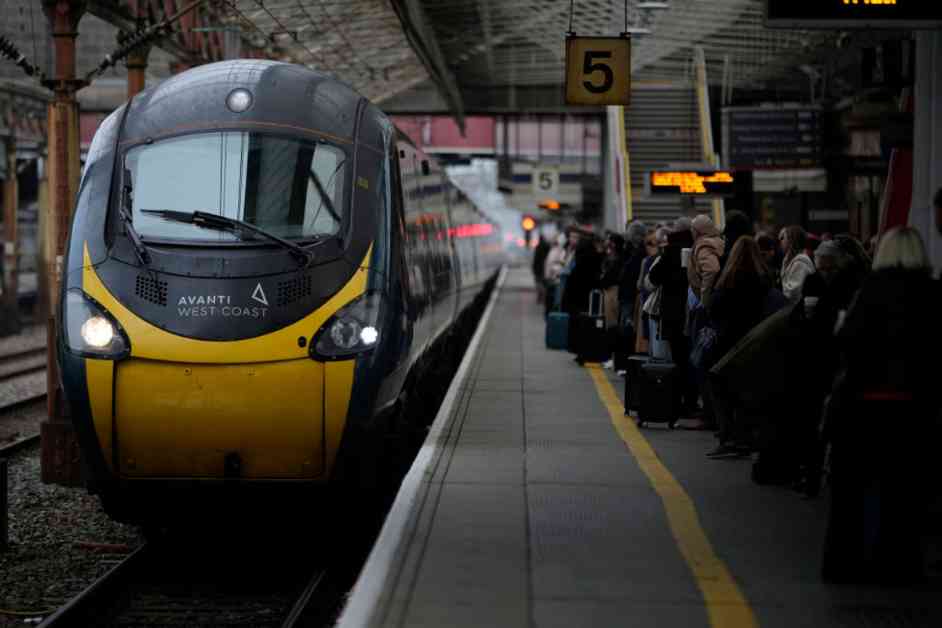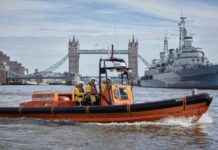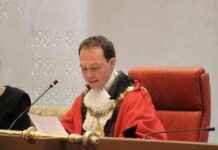The proposed rail line connecting the Midlands to the North West is gaining traction as a cost-effective alternative to the controversial HS2 project. Manchester Mayor Andy Burnham recently revealed that the new 80km line could be constructed at just 60 per cent of the cost of HS2’s canceled Northern leg, providing a much-needed boost to regional connectivity and economic growth.
Filling the Void Left by HS2’s Cancellation
Following the government’s decision to halt the high-speed Birmingham to Manchester link due to cost concerns, the need for improved transport infrastructure in the region became evident. Burnham emphasized that the private sector has shown a keen interest in enhancing rail services in the North West, recognizing the crucial role that efficient transportation plays in driving productivity and economic growth.
The consortium behind the proposed rail line aims to secure funding from a mix of public and private sources, with the potential for significant contributions from businesses eager to see improved connectivity. Burnham highlighted the importance of innovative funding models, pointing to successful examples like the LGV Sud Europe Atlantique in France, where a Private Public Partnership enabled the construction of a high-speed rail line with shared financial responsibilities.
Enhancing Connectivity and Economic Growth
While specific details of the Midlands to North West rail line are still being finalized, early projections suggest that the journey time from Manchester Piccadilly to London Euston could be reduced by approximately 30 minutes. This improvement, though slightly slower than the original HS2 plans, is expected to have a substantial impact on travel efficiency and regional economic development.
Research conducted by the consortium estimates that the new rail link could potentially add £70 billion to local economies and generate £24 billion in annual tax revenue. West Midlands Mayor Richard Parker emphasized that this project offers a more viable and affordable solution compared to HS2, delivering around 85 per cent of the benefits at a fraction of the cost.
Funding Mechanisms and Sustainability
In exploring various funding options for the rail line, Burnham suggested the implementation of a Land Value Tax on areas along the route that experience increased property values as a result of the infrastructure development. This innovative approach, inspired by successful cases like the Elizabeth line in London, aims to capture the economic benefits generated by the project and distribute them equitably among stakeholders.
By considering different ways of financing the rail line, including voluntary contributions from businesses and compulsory levies on affected properties, the consortium hopes to create a sustainable funding model that minimizes the burden on taxpayers. Drawing on international examples of successful public-private partnerships, Burnham is optimistic about the potential for innovative financing mechanisms to support large-scale infrastructure projects in the UK.
Future Prospects and Community Engagement
As plans for the Midlands to North West rail line progress, community engagement and stakeholder involvement will be crucial in ensuring the project’s success. Burnham emphasized the importance of listening to local residents, businesses, and policymakers to address concerns and incorporate diverse perspectives into the decision-making process.
The consortium’s commitment to delivering a cost-effective and efficient rail link underscores the potential for transformative infrastructure investments to drive economic growth and improve regional connectivity. By leveraging public and private partnerships, innovative funding mechanisms, and community engagement, the Midlands to North West rail line project represents a promising opportunity to reshape the UK’s transport landscape for the better.












